Private schools in the United Kingdom are affordable only to those on the highest incomes. But surprisingly to many, this is not true across developing countries, where low-cost private schools are ubiquitous and affordable to all.
For nearly two decades I’ve been researching this phenomenon. I’ve visited low-cost private schools in more than 20 countries, from the vibrant slums of sub-Saharan Africa and South Asia to remote mountain villages in South-east Asia and the gang-dominated barrios of Central and Latin America.
It truly is a global phenomenon, serving huge numbers of children. In Lagos State, Nigeria, alone, there are an estimated 14,000 low-cost private schools, serving two million children. In the slums of Monrovia, Liberia, enrolment in low-cost private schools is over 70 per cent — the same level that is common across urban sub-Saharan Africa and South Asia. In India, there are an estimated 400,000 low-cost private schools, serving 30 per cent of the rural population as well as the 70 per cent in urban areas. Why?
Poor parents are discerning, wanting schools that are accountable to them, with high standards and good discipline. They typically won’t find that in government schools, which are largely dysfunctional. Teachers often don’t turn up, and if they do, they don’t teach.
Poor parents don’t acquiesce in this. They vote with their feet, and entrepreneurs respond by setting up low-cost private schools. All this has deeply upset development experts and international teaching unions. The uppity poor taking control of their own lives? That means they’re eschewing 70 years of development consensus since the Universal Declaration of Human Rights.
Human rights or no, poor parents aren’t listening to the experts. And it turns out they know best. Testing random samples of children, controlling for background variables, shows children in low-cost private schools doing significantly better than those in government schools. Moreover, private schools are affordable even to those on the poverty line: typically, poor parents can find schools that won’t require them to spend more than 10 per cent of their income on fees for all their children.
It’s a misnomer in any case to think that government schools are free: parents still have to pay for uniform, shoes, books and transport. The price for a parent of sending a child to a low-cost private school might be only a third higher than the cost of a government school, taking these additional expenses into account.
Some governments see these schools as a threat. I recently visited Port Harcourt in Rivers State, Nigeria, to discuss with the education commissioner whether closing 2,000 low-cost private schools was a good idea. Where would he put the 400,000 children thrown out of school if this were the case? Could his state afford the extra places?
And in India, the Right to Education Act — an Orwellian name for a piece of legislation if ever there was one — has led to the closure of thousands of low-cost private schools. One government official in Punjab nonchalantly told me ‘India is a big country’ when I asked him about the nearly half a million children pushed out of schools their parents had chosen. Somehow I was meant to infer that this many children didn’t really count in a country as populous as India.
It’s not just governments that are trying to shut down these schools. As Aidan Hartley says, teaching unions have set themselves against Bridge International Academies, the largest chain of low-cost private schools in the world. One of the unions’ criticisms is that because lessons are scripted in Bridge, as in other chains (including the one in Ghana of which I am chairman), teacher professionalism is being undermined. Is it really?
The only complaint one could legitimately make about Bridge is that it’s in competition with existing low-cost private schools. But competition is good for the children — and that’s what should concern educators the most.
Low-cost private schools provide the only realistic prospect of educating the world’s poor. No one envisages that government schools can be put right in the medium term. It’s time the left’s ugly campaign against the legitimate educational choices of poor families was brought to an end.
Got something to add? Join the discussion and comment below.
Get 10 issues for just $10
Subscribe to The Spectator Australia today for the next 10 magazine issues, plus full online access, for just $10.
You might disagree with half of it, but you’ll enjoy reading all of it. Try your first month for free, then just $2 a week for the remainder of your first year.

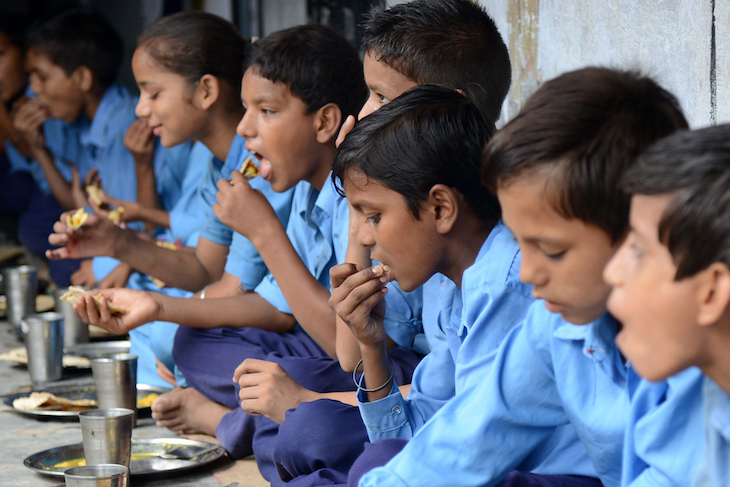
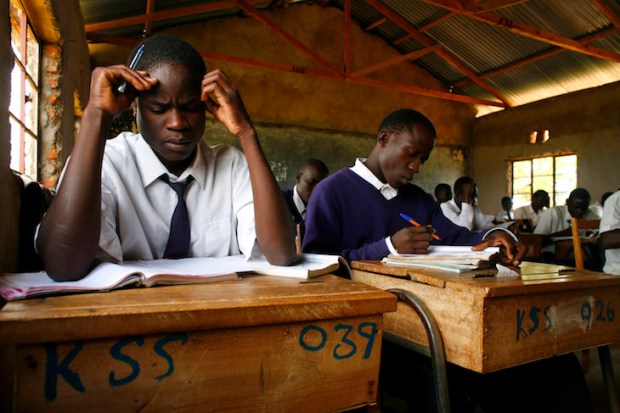
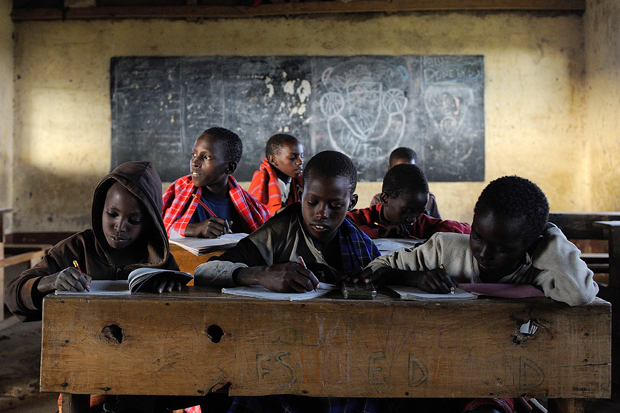
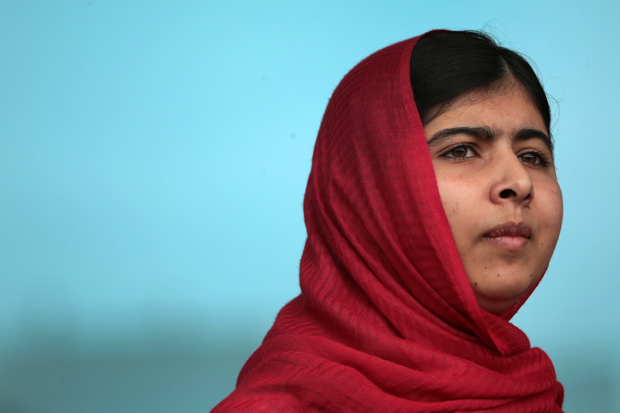
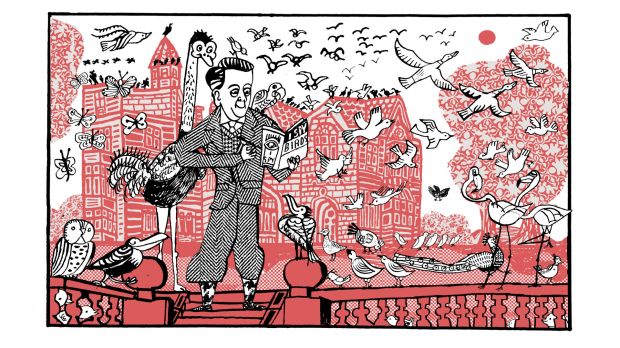
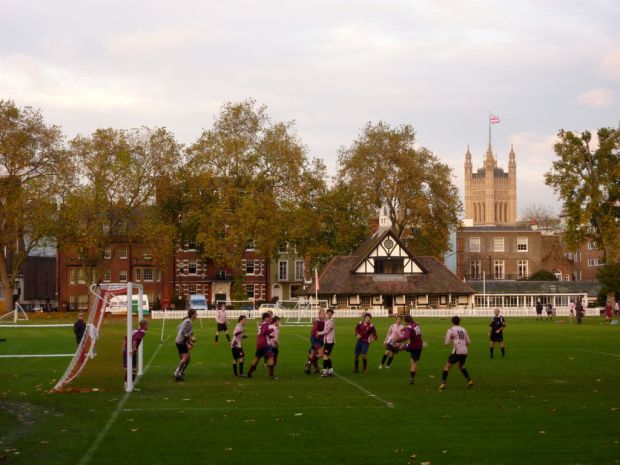







Comments
Don't miss out
Join the conversation with other Spectator Australia readers. Subscribe to leave a comment.
SUBSCRIBEAlready a subscriber? Log in